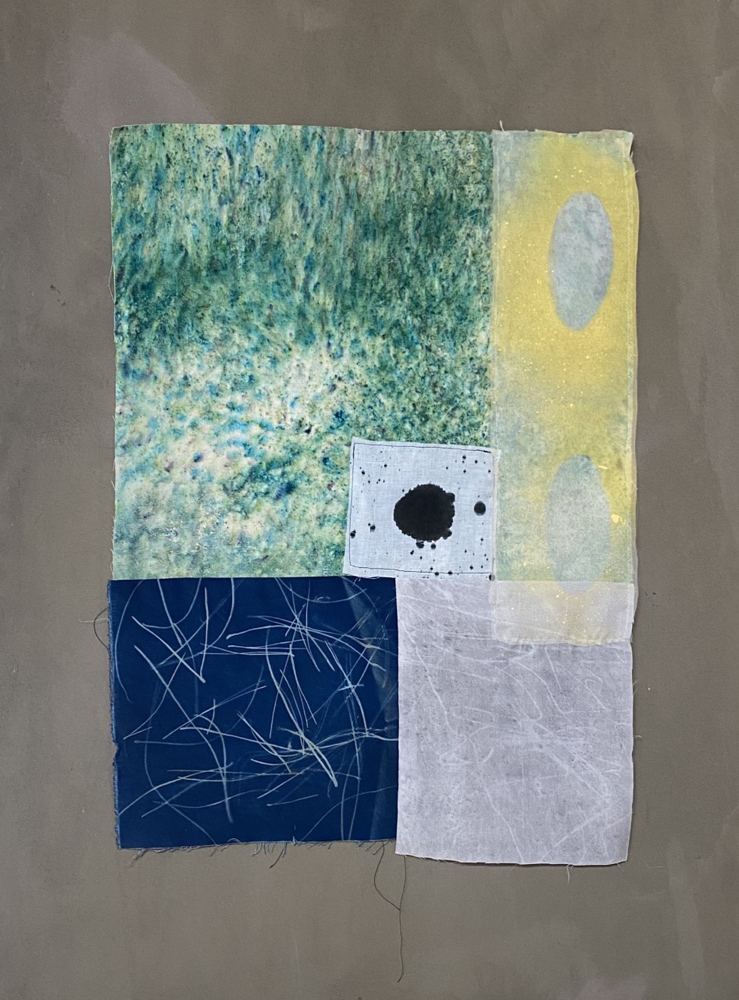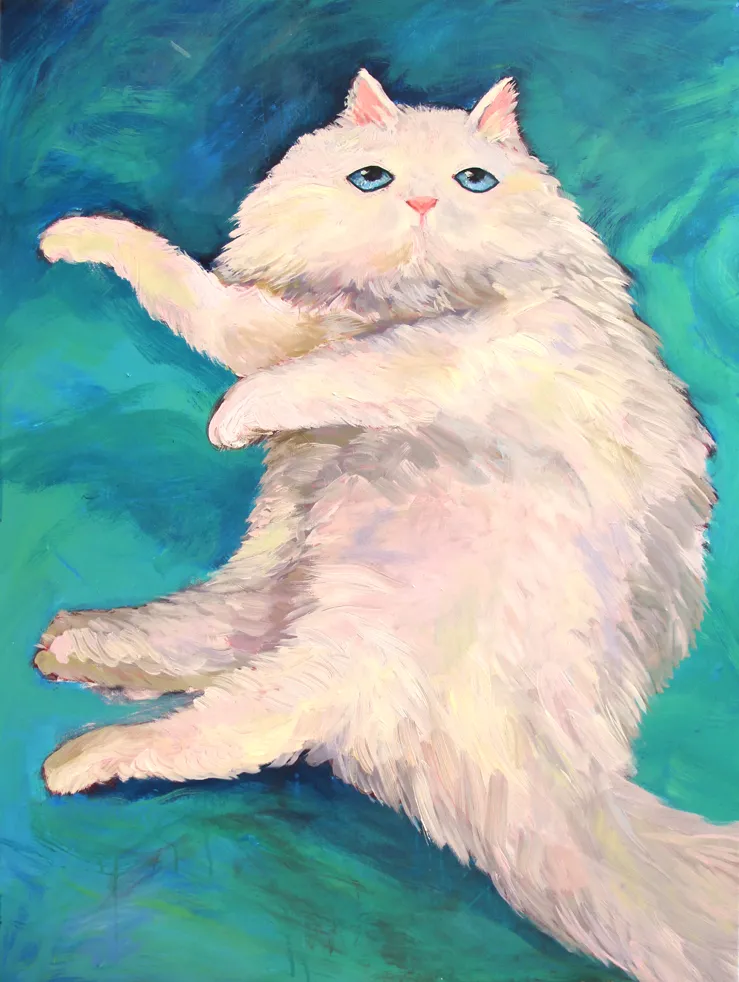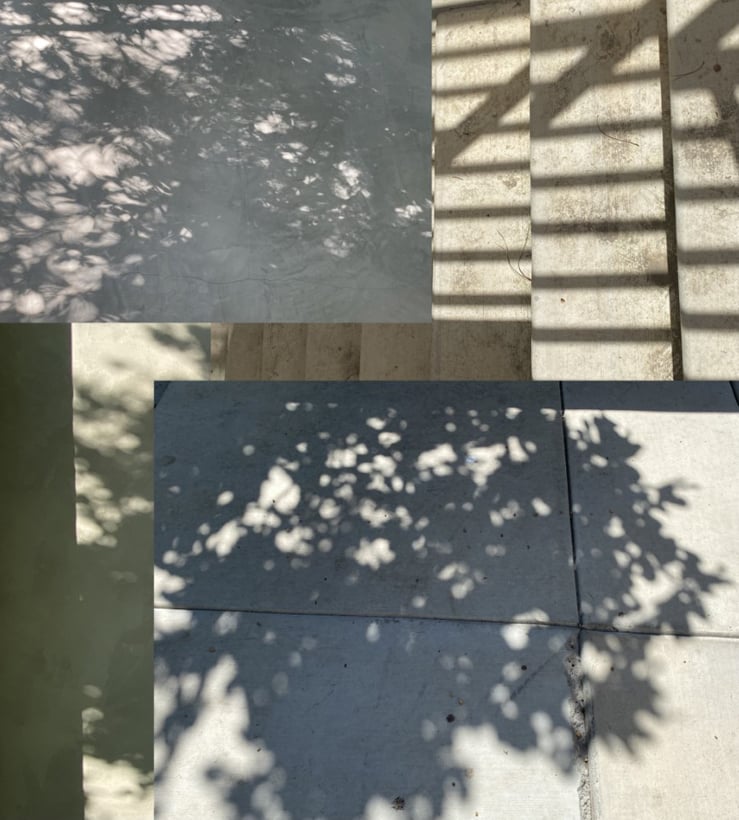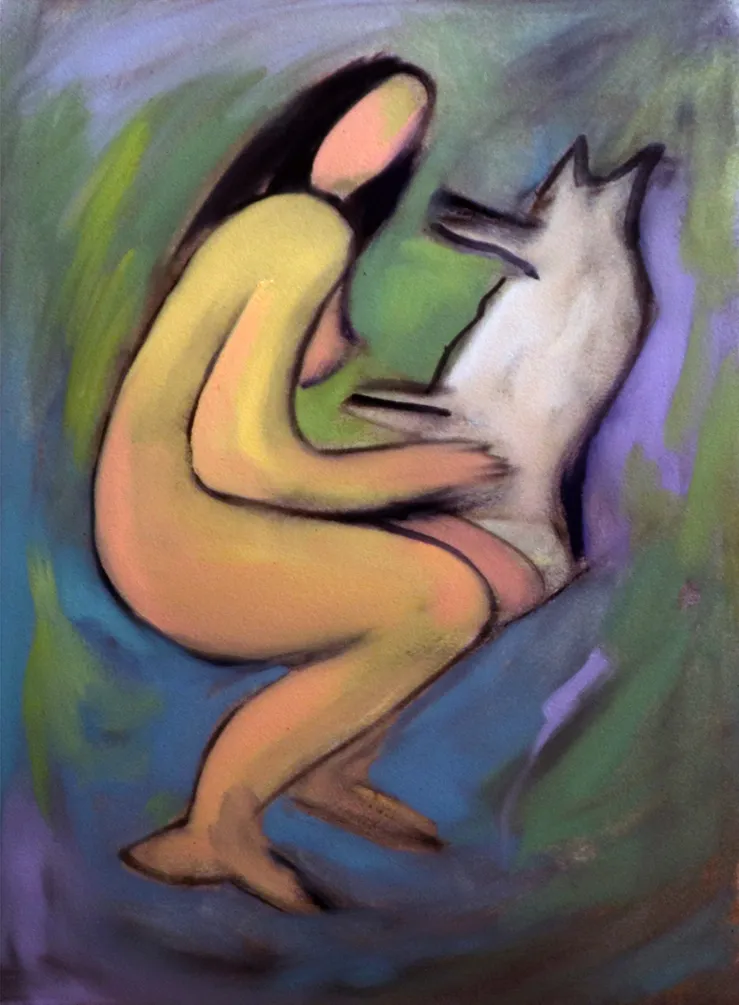Before the great quarantine of 2020, I was starting to feel like I was part of a community of artists at Stanford. The University’s STEM focus made it sometimes feel like I was creating art in a vacuum, but through student groups and living spaces like Burbank and the Enchanted Broccoli Forest, I was able to make connections with other art-inclined individuals.
Now, things are certainly different. The only interaction I have with people I used to see down the hallway is through periodic Zoom hangouts, and impromptu art-making sessions feel like memories from a bygone era. So when I heard that Rezvan Rasouli (former Stanford Anderson Collection personnel) was starting her project Stanford Quarantine Gallery (@quarantinegallery.su), I got excited. I missed discovering the artworks of other members of the Stanford community, and this project seemed like an opportunity to do so in spite of digital barriers.
I reached out to Rezvan Rasouli to submit some drawings of mine, and soon after the gallery had its grand digital opening on May 15. The first artist to receive the spotlight was Ali Vaughan ’19 (@alijetv_), graduate in art history and art practice. I hadn’t previously heard of Vaughan’s work, and was glad to see it in this pseudo-gallery setting. Rezvan Rasouli tells me that she has a queue of artists and their work ready to showcase in the days to come. I highly recommend checking it out, since the project will only evolve over time as more Stanford artists get added to the collection. Submissions are accepted on a rolling basis, and Rezvan Rasouli invites anybody who is sketching or drawing to share their work. To get a little more information about the project, I asked her a few questions via email.

The Stanford Daily (TSD): Who is behind the Quarantine Gallery?
Rezvan Rasouli (RR): I am an interdisciplinary artist and a former Stanford Anderson Collection personnel. I obtained an MFA from Columbia College Chicago (CCC) in interdisciplinary arts and media and M.A. in drawing from Eastern Michigan University. I studied undergrad at Art University in Tehran, Iran, and since then, I have been an early member of the Drawing House of Iran. After graduation from CCC, I moved to California and got involved in the art scenes both in the Bay Area and in Los Angeles. I have participated in several solo and group exhibitions and film festivals both in Iran and the U.S. My recent works are a combination of drawings and new media arts.
For the Quarantine Gallery at Stanford, I worked with Farhad Gavzan and his wife Narges Ahrabi, and Mohammad Rasouli, and we collaborated with many artists locally and internationally. Gavzan and Narges are the founders of the Drawing House of Iran. Gavzan is an internationally known drawing artist and a university professor. Narges is a drawing artist with studies in Art Research. Mohammad is a Stanford postdoc in the management science and engineering department.
The Quarantine Gallery at Stanford started when we noticed a call from the Stanford Office of the Vice President of the Arts (OVPA) for COVID-19 Creative Community Response to steward the power of art toward community connection in uncertain times. I knew about similar Quarantine Gallery projects taking place in different places. In fact, Gavzan had started the quarantine gallery in Iran by presenting artists on his page, and I had already started working on the Quarantine Gallery project with him by posting on my Instagram and Facebook pages with #quarantinegallery_in_us and #quarantinegallery. I talked to Gavzan and Mohammad to submit a proposal for running a special Quarantine Gallery for the Stanford community by focusing on drawing and sketches. Gladly the idea was selected, and now we are presenting the works on Instagram @quarantinegallery.su with #quarantinegallerysu. The Quarantine Gallery at Stanford is a school community project covering work from all members and open to the public with the goal of making connections among the Stanford community and presenting their works to local and international audiences.

TSD: What was your inspiration for starting the project?
RR: There were two things: supporting our community artists, especially young artists, to present their works and continue their progress, and helping the community members to get connected through art with a positive vibe and energy during the quarantine.
Stanford was one of the schools that were affected by COVID-19 at a very early stage and responded to that. As a former Anderson Collection personnel, I always see myself as a Stanford community member and have had the support of very nice friends in my time at Stanford. I thought it would be helpful for all of us to get connected and stay productive through art. The core idea was to provide a platform that allows our community artworks to be seen locally and internationally through a network of artists. For artists, it’s always essential that they express themselves by exhibiting their works and receive feedback. We wanted to facilitate it in a simple way, and we thought Instagram could work as a gallery during the pandemic. It is appropriate for providing a good positive atmosphere. Furthermore, we do not have a physical space limit, which is aligned with my goal of being inclusive and involving as many artists as we can.
Although this is an online Instagram project, it takes all the aspects of a real gallery in terms of connecting artists and the audience, marketing and presentation. This includes reaching out to our audience, communicating with artists, receiving and selecting works and delivering a professional presentation.

TSD: How did you go about spreading the word and collecting art from students?
RR: I started reaching out to my friends and asked them to participate and spread the word. During my time at Stanford, I got to know many friends in different fields such as art, media, film, theatre and performance. I was attending exhibitions and open houses at Stanford, and I was interested in all the activities going on. I also wanted this project to go beyond these fields. So, I got to know people in the engineering department through Mohammad and reached out to them. I shared the flyer through social media and reached out to different student organization groups on campus to share the flyer with their members. The OVPA also helped with advertising to their email lists. We wanted to get attention internationally. So I reached out to artists I knew out of Stanford to spread the news. Gavzan also supported us and advertised it on his Instagram page with large followers, so did other Drawing House members in Norway, Italy and other places.
TSD: What led to the decision to limit submissions to only drawings and sketches?
RR: Drawing is an easy and fast way of transferring ideas by just drawing lines or hachures, and this feature connects it to other fields from engineering to biology, phytology and geography. For example, consider the existence of lines as a drawing element in a topographic map, or Edison’s drawings of his light bulbs. So by choosing drawing, we could involve not only art students but also others in the community to send us sketches used in their field of professional work. We could be focused, and at the same time, inclusive and diverse.
We would like to present diverse approaches to drawing: One can use drawing to reach other products or art forms; for example, Da Vinci used sketches for his innovations, or drawing is used by sculptors. Second, drawings exist in our daily life used by the public; for example, while talking over the phone, one draws lines and hachures or uses drawing for stress relief. The third. is an approach to drawing as an artistic medium that creates concept and meaning. We wanted to represent all the different approaches in the Quarantine Gallery at Stanford.

TSD: What are your plans for the gallery in the weeks and months following its opening?
RR: There are many ideas. We have just opened the online gallery, and we have a queue of artists to show their work. Also, we have just started talking to international artists and venues like Spazio Nour Gallery in Italy, the Drawing House in Iran and the Finnish artist Ilkka Sariola who has been actively presenting works on his Instagram with #quarantinegallery, to share the Quarantine Gallery SU page posts. For the short term, we plan to make a website to present works along with the Instagram page. We might also include other media that are connected with the drawing medium in some ways.
In the long term, we would like to keep the Instagram page open after quarantine to create a simple space for all Stanford community members to present their artwork and get connected. This allows for several side activities. Curators may reach out to the artists for physical presentation of their work, and people may reach out to them for artwork orders. The gallery can perform as a way of connection and communication to provide mental support and fight depression.
In the end, I would like to appreciate the Stanford OVPA for their support and guidance, our team members, all artists who supported our project, especially those artists and students who participated in the project and followed our page and spread the word. I also appreciate the Stanford Daily for covering our activities. We have just opened the online gallery, we have a queue of artists to show their work, and we are accepting new submissions.
Rezvan Rasouli’s work can be found at rezvanrasouli.com, and the Stanford Quarantine Gallery’s Instagram page (still accepting submissions) is here.
Contact Noah DeWald at ndewald ‘at’ stanford.edu.
